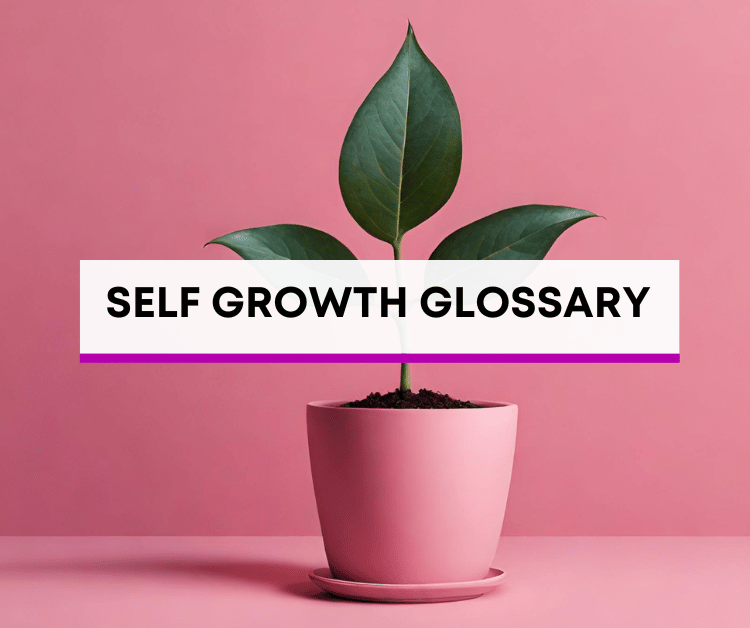
Welcome to a conversation about something we all might recognize: the scarcity mindset. Let’s call it what it is – “Scar City.”
We’re diving into the everyday experiences and challenges that build this mental city. From childhood to societal expectations and financial struggles, Scar City is shaped by the scars of our journey.
In this scarcity mindset post, we’re going to talk about how Scar City influences what we do every day and, more importantly, how it impacts our ability to grow into the best versions of ourselves.
So, buckle up as we explore the streets of Scar City and discover how to pave the way for a more abundant mindset.
Where Does Scarcity Mindset Come From?
Welcome to a dive into our minds, where we’ll unravel the scarcity mindset what we call “Scar City.” This mental scarcity neighborhood can come from life’s scars, affecting three main areas: resources, self-worth, and stability.
It’s always like carrying the weight of tough times, convincing us there’s always going to be a shortage.
These mental scars mess with our daily decisions, making us worry about running out in these three big parts of life.
Scar City, our mental neighborhood, puts a cap on our growth.
*As an Amazon Associate, we earn from qualifying purchases at no additional cost to you.
So, let’s notice these streets and choose another mindset around having plenty, staying positive, and healing from life’s scars
1. Scar City Roots: Growing Up With Less
Bad Experience: Think of growing up with money worries, where every expense caused stress. The constant fear of not having enough left deep scars.
Impact on Daily Life: This financial anxiety affects daily choices, causing excessive saving, hesitating to spend on essentials, and missing out on opportunities for personal growth.
Growth Mindset Shift: Instead of dwelling on scarcity, a growth mindset involves learning about money. Budgeting, wise investments, and seeking financial opportunities can transform the mindset towards abundance.
2. Validation Street: Societal Pressure on Self-Worth
Bad Experience: Picture societal expectations dictating every move, pressuring you to prove your worth. It’s a constant struggle to meet external standards.
Impact on Daily Life: This pressure leads to overcommitting, seeking constant approval, and neglecting self-care. Scars from societal expectations hinder personal well-being and growth.
Growth Mindset Shift: Shifting to a growth mindset means understanding that worth isn’t solely defined by others. Setting realistic expectations, focusing on personal goals, and practicing self-compassion pave the way for a healthier mindset.
3. Juggling Finances in Scar City: The Tough Terrain
Bad Experience: Imagine navigating life’s challenges with financial instability and unexpected expenses. The juggling act creates scars of overwhelming financial stress.
Impact on Daily Life: This stress influences daily choices, leading to procrastination in addressing financial issues, avoiding long-term planning, and resorting to short-term coping.
Growth Mindset Shift: A growth mindset in finances involves proactive planning. Seeking financial education, setting clear goals, and addressing challenges head-on can transform the mindset, promoting financial stability and future growth.
Conclusion
In wrapping up our journey through Scar City, we’ve dug into the roots of the scarcity mindset, peeled back its impact on daily life, and pointed the way toward growth.
Whether it’s the stress of growing up with less, the pressure to prove our worth, or the financial juggling act, we’ve identified tangible steps for a shift.
Let’s be clear: a growth mindset involves practical choices. So, as we conclude, let’s commit to navigating Scar City with resilience.
By transforming these scars, we pave the way for a future full of abundance and positivity. It’s not just a mindset; it’s a direct path to a more empowered life.
FAQs Scarcity Mindset
What is the scarcity mindset?
The scarcity mindset is a belief system where individuals feel there’s never enough—whether it be resources, opportunities, or time. It often leads to a mindset of lack, fear of insufficiency, and can impact decision-making and overall well-being.
Can the scarcity mindset impact mental health?
Yes, the scarcity mindset can have a significant impact on mental health. Constant worry about scarcity can contribute to stress, anxiety, and a feeling of helplessness. Over time, it may lead to a negative impact on overall well-being and the ability to cope with life’s challenges.
Where does the scarcity mindset come from?
The scarcity mindset can develop from various sources, including early life experiences, societal expectations, and financial struggles. Limited access to resources during formative years or constant pressure to prove oneself can contribute to its development.
How does the scarcity mindset impact daily life?
The scarcity mindset affects daily life by influencing decision-making. It can lead to behaviors such as excessive saving, avoiding risks, and being overly cautious. This mindset may also contribute to stress, anxiety, and a reluctance to seize new opportunities.
What are the signs of a scarcity mindset?
Signs of a scarcity mindset include constant worry about running out of resources, hesitancy to spend even when necessary, a fear of taking risks, and difficulty embracing change or new opportunities due to a perceived scarcity.
Can the scarcity mindset be changed?
Yes, the scarcity mindset can be changed through conscious efforts and mindset shifts. Practices such as gratitude, mindfulness, and reframing negative thoughts can help individuals transition towards an abundance mindset, focusing on what they have rather than what they lack.
How does the scarcity mindset relate to financial decisions?
The scarcity mindset significantly influences financial decisions. It may lead to hoarding money, avoiding investments, and making short-term choices out of fear of future scarcity. Overcoming the scarcity mindset in finance involves education, planning, and developing a long-term perspective.
Is the scarcity mindset permanent?
No, the scarcity mindset is not permanent. With awareness, intentional efforts, and a commitment to personal growth, individuals can shift towards an abundance mindset. It requires consistent practice and a willingness to challenge and change limiting beliefs.
Can societal pressures contribute to the scarcity mindset?
Absolutely. Societal expectations and pressures to conform or prove oneself can contribute significantly to the development of a scarcity mindset. Comparison with others, fear of judgment, and the constant pursuit of external validation are common triggers.
How does the scarcity mindset impact relationships?
The scarcity mindset can impact relationships by fostering competition, jealousy, and an inability to celebrate others’ successes. It may also lead to strained connections, as individuals may hold back emotionally or struggle to trust due to a fear of scarcity in relationships.



